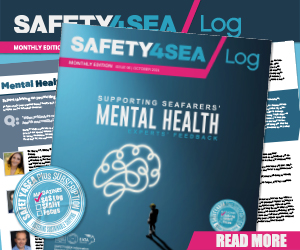A recent research paper attempted to identify the gaps in large Marine Protection Areas (MPA) research, summarizing the research needed to inform the management and design of large MPAs.
Although much scientific study and planning is involved at every stage of creating large, remote, offshore marine protected areas (MPAs), even ocean science experts concede they have limited knowledge of these regions.
As such, the Pew Bertarelli Ocean Legacy Project worked for this project with fisheries scientists Chris Smyth and Quentin Hanich from the University of Wollongong in Australia, who co-authored a paper.
The paper, entitled ‘Large Scale Marine Protected Areas: Current status and consideration of socio-economic dimension’, examines protected areas from multiple perspectives and addresses concerns from stakeholders and governments in developed and developing states.
The authors identify numerous broad areas where research could improve the design, creation, and management of large MPAs around the globe, including as they relate to fishing, migratory species, climate change, economics, traditional cultures and indigenous communities, governance, and international treaties.
Presented as example is the Papahānaumokuākea Marine National Monument in the Northwestern Hawaiian Islands, one of the first large MPAs to be implemented and closed to all commercial fishing in 2011.
But governments and stakeholders don’t yet know what effect that closure has had. What has been the effect on the fisheries that were displaced? Are they still able to meet their annual quotas, and are there costs involved with having to change where they fish? Have fish populations inside and outside the reserve boundaries changed?
…Pew underlined.
With several other large protected areas coming online and maturing around the world, research into many or all of these issues could help determine how large MPAs benefit ocean ecosystems and local communities, it added.
Using these knowledge gaps as a roadmap, the Ocean Legacy project will work with universities, other nonprofit organizations, and scientists to answer these questions.
The paper came only a year before the UN Convention on Biological Diversity meeting in September 2020, to set new global targets to protect biodiversity.

































































